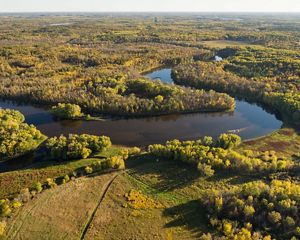Preserving Tennessee’s Agricultural Heritage
Implementing regenerative agriculture practices: From your backyard to Tennessee’s fields.
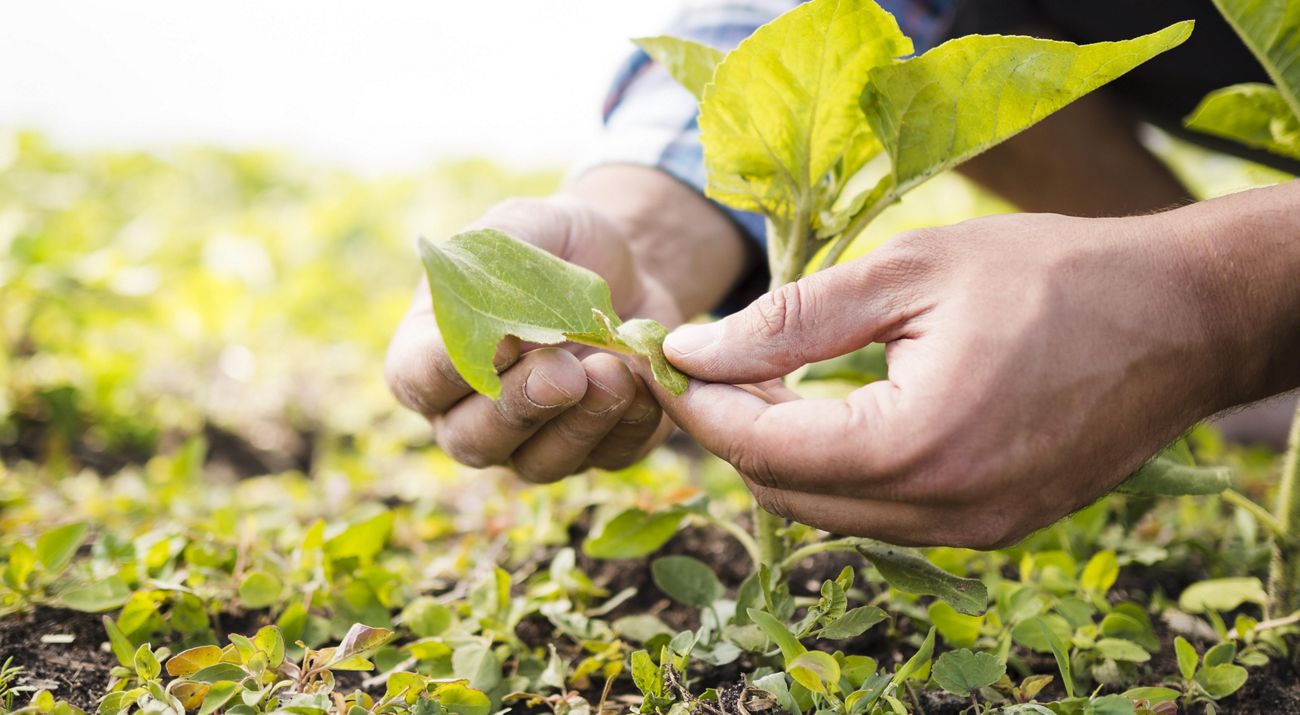
Agriculture in Tennessee is more than just an economic engine—it’s a cornerstone of our economy, history and way of life. With nearly half of the state’s land in farmland and over $50 billion in economic output supporting 250,000 jobs, farming has shaped Tennessee’s communities for generations. Our state is losing more than 200 acres of farmland every single day. This alarming trend threatens not only our agricultural economy but also the health of our natural resources.
Agriculture covers approximately 12 billion acres worldwide—about 35% of Earth’s surface—making Tennessee’s farmland a crucial component of the global system that nourishes populations and drives economies. Guided by a science-based approach, The Nature Conservancy’s (TNC) Agriculture Program has designated western Tennessee and Kentucky as high-priority regions due to their dense concentration of row crops and their connection to vital watersheds. Agricultural runoff from these areas can pollute rivers, threatening drinking water supplies and aquatic ecosystems. To address this, TNC’s Agriculture Program is working to expand on-farm conservation practices that safeguard the Mississippi River watershed, including tributaries such as the Red River, Lower Green River, Bayou De Chien and Obion River.
Together, we can ensure clean water, healthy soils and a stable climate—for today and for generations to come.
Sustainable Agriculture Practices
At TNC, we’re working alongside partners and agencies to meet the growing demand for food—while also safeguarding the environment. Through science-based, collaborative practices like cover crops, no-till farming and edge-of-field buffers, we’re helping farmers reduce costs, improve soil health, increase resilience of their lands, and get access to grants and technical support.
Food production is under growing pressure—from rising input costs to increasingly extreme weather. Now more than ever, it’s essential to work hand-in-hand with nature. Learn about sustainable practices for large-scale crop fields, while you discover how to apply them to your own vegetable garden.

Soil Health
Reducing or stopping tillage: Tilling the soil can release carbon into the air and reduce its long-term fertility. This process disrupts the natural balance, making it harder for the soil to retain nutrients and support healthy plant growth. Modern equipment and innovative techniques are helping farmers reduce or even eliminate the need for traditional plowing. By minimizing soil disturbance, this practice can prevent erosion and improve the soil’s ability to retain water, while storing more carbon.
Cover crops: Cover crops are plants grown not for harvest, but to improve and protect the soil. They're typically planted between growing seasons, making the most of the time when fields would otherwise be bare. These plants help capture nutrients, store carbon, and shield the soil from erosion, keeping it healthy and productive year-round.

Gardening tip
After your summer harvest, sow a mix of crimson clover and cereal rye in your garden beds. This combo thrives in Tennessee’s fall climate—rye protects against erosion and compacts weeds, while clover fixes nitrogen to enrich your soil.

Nutrient Stewardship
Fertilizer 4R principles: Apply the right type of fertilizer at the right time, in the right amount and at the right place increases crop use efficiency and reduces nutrient runoff, which contaminates waterways.
Variable rate application of fertilizers: With the help of new technology, farmers can identify the unique needs of specific areas within a field and customize fertilizer application rates. This approach is cost effective, protects surrounding ecosystems and reduces waste.
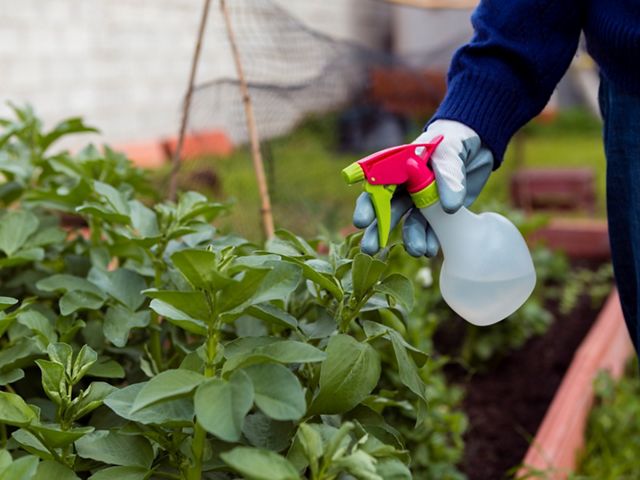
Gardening tip
When fertilizing your vegetable garden, skip the scattershot approach. Instead, apply fertilizer close by each plant—right where the roots can absorb nutrients most efficiently. This reduces runoff, saves fertilizer and helps your veggies thrive.

Edge of Field
Vegetated buffers and waterways: Vegetated buffers like prairie strips, field borders and grassed waterways do more than frame your fields—they’re powerful tools for sustainability. These green zones slow down runoff, reduce erosion and naturally filter out excess nutrients before they reach waterways. Plus, they help capture carbon and create vital habitat for pollinators and wildlife.
TNC, in partnership with the University of KY, is conducting a study to understand the implementation of buffer. Dive into the results.
Structural practices: Engineered solutions like bioreactors, constructed wetlands, and two-stage ditches offer practical ways to reduce the environmental footprint of agriculture while also improving drainage in some instances. These structures slow down runoff, reduce erosion and trap excess nutrients before they reach nearby streams.
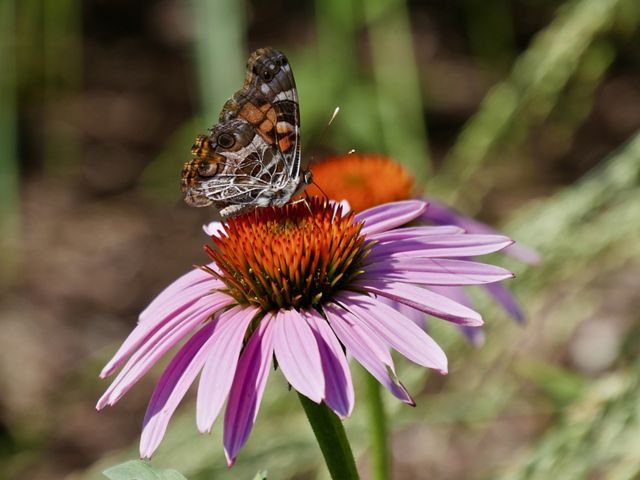
Gardening tip
Turn the edge of your garden into a mini haven for pollinators! Plant a strip of native wildflowers, grasses, or low shrubs along the perimeter to mimic a vegetated buffer. This micro edge-of-field practice not only attracts bees, butterflies, and other beneficial insects—it also helps slow rainwater runoff, reduce soil erosion and keep nutrients where they belong.
Get Involved
Get Updates from the Field
Subscribe to our monthly e-newsletter
Why Sustainable Agriculture Matters
Tennessee has a powerful opportunity to continue to transform its farmlands into operations that are beneficial for nature but also profitable and resilient. TNC is working with partners and stakeholders to better understand the operational challenges to increase adoption of on farm conservation practices and by working to develop practical, scalable solutions to these challenges. In partnership with key industry leaders, universities, supply chain companies and government organizations, TNC envisions a future where farms and nature thrive better together.
Through these partnerships, we maximize impact and ensure that information reaches the right people—like TC Groves of Corn Silk Family Farms LLC. TC participates with TNC in demonstration projects, testing moderated nitrogen fertilizer rates in corn.
TC inherited his passion for farming from his father, and today Corn Silk Family Farms cultivates corn, wheat and soybeans across more than 1,900 acres in North Central Tennessee.
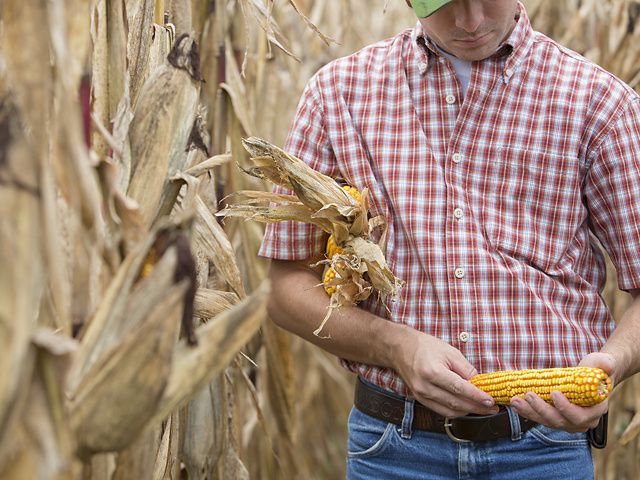
Corn Silk Family Farms LLC
The Corn Silk Family Farms grows corn, wheat and soybeans on over 1,900 acres in two counties in North Central Tennessee. Download the full case study to learn more.
Thanks to the Natural Resources Conservation Service (NRCS) for supporting farmers like TC interested in adopting sustainable practices and for sharing Corn Silk Family Farms’ success story. TC’s operation previously relied on extensive annual tillage, but he recognized that this wasn’t the best approach for soil health. In 2013, he began implementing sustainable practices such as no-till farming, variable-rate fertilizer application and cover cropping. “We were over-applying fertilizer in the non-productive areas of the field and under-applying fertilizer in our most productive areas when we were making blanket applications,” says TC.
After nine years of implementation, TC observed yield increases of 13.5% in corn, 16% in soybeans and 2% in wheat. Additional benefits included reduced machinery costs due to no tillage, savings from more efficient nutrient management, decreased herbicide use and the long-term value of reduced erosion. To dig into the full range of economic benefits, download the full case study.





